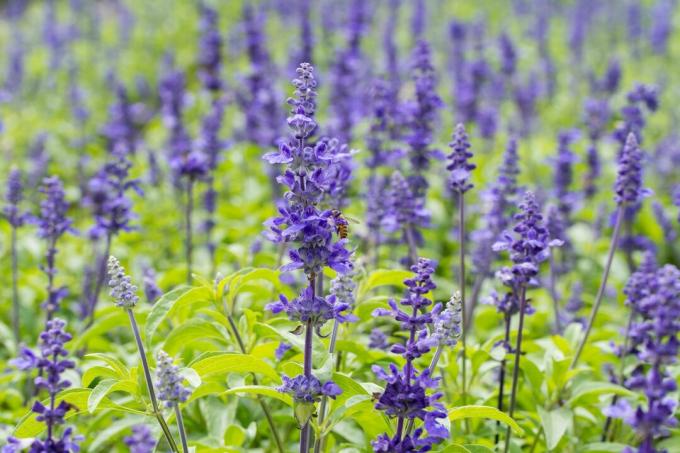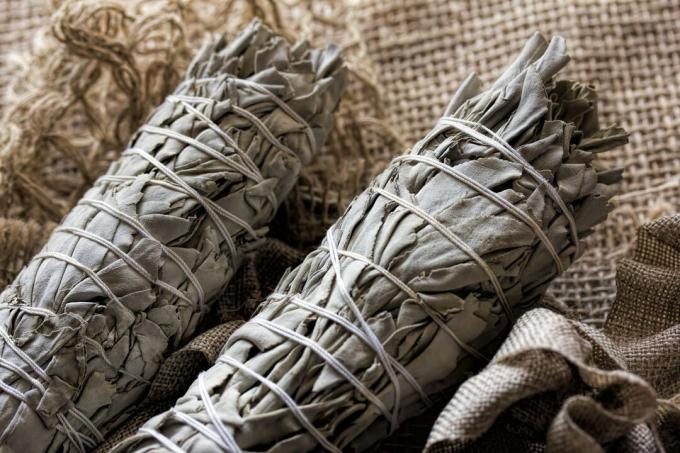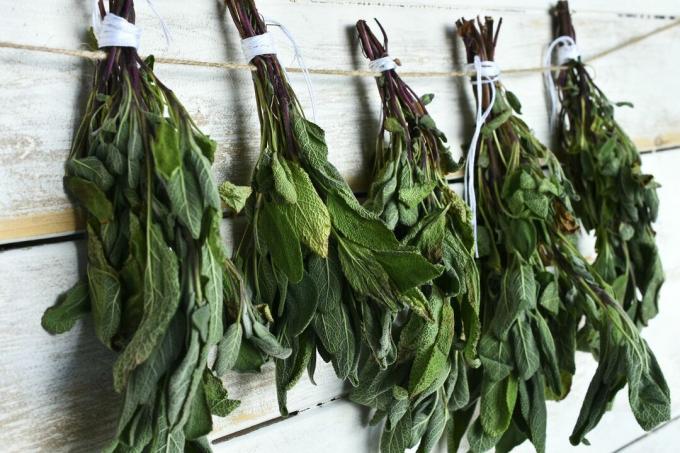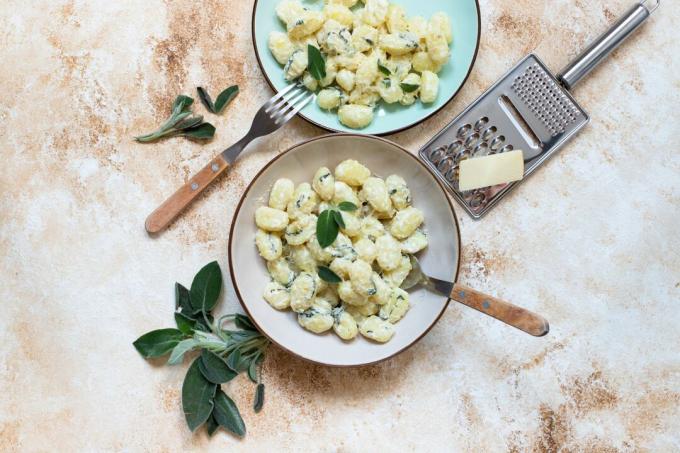Sage belongs in every herb bed. We show everything about the correct harvesting, storage and other preservation methods. How to preserve sage!

Harvest sage at the right time
The taste is best sage before flowering. If the plant forms the buds and flowers, the plant uses a large part of its energy for this and thus partially loses its unmistakable aroma. You can counteract the flowering period by continuously harvesting the young shoots. With "No-Flower" there is a modern variety that does not tend to flower.

The young leaves in particular are particularly delicate in texture and the most aromatic. It is best to harvest the young shoots in the morning hours. In general, you should only harvest as much as you can use directly.
preserve sage
Especially after a topiary you usually have more sage leaves available than you can use directly. The leaves can be stored in the refrigerator for about two weeks. To do this, wrap the entire sage shoot in a damp kitchen towel. If you want to preserve the leaves for a longer period of time, many people are desperately looking for methods to preserve the aromatic leaves as gently as possible.

Many hobby gardeners immediately think of drying. Generally this is in a dry room or in the oven at low temperature (max. 60°, cooking spoon between oven door clamps so that moisture can escape) is possible. One reason why drying is so popular is probably the dried sage from the supermarket. Although sage can be stored very well in this way, the leaves lose a large part of their aroma.

Freezing is a much better option. This is particularly useful for making sage butter or olive oil sauces. The leaves take up little space in the freezer and can therefore be stored for over a year. If you are cooking a dish that is to be refined with the unmistakable sage taste, you can remove one or two leaves and "crumb" them directly into the sauce when frozen.

You can also process sage into a herb butter and then freeze it. For this you take about 500g butter for 100g leaves. This is gently heated on the stove together with the chopped leaves. After about 5 to 10 minutes on a medium setting, allow the mixture to cool, portion it and then freeze it. This sage butter can easily be stored in the freezer for half a year.

Other spice plants can also be grown in your own garden and can refine your dishes after harvesting. We have a list of those best spice plants for garden and balcony compiled.
